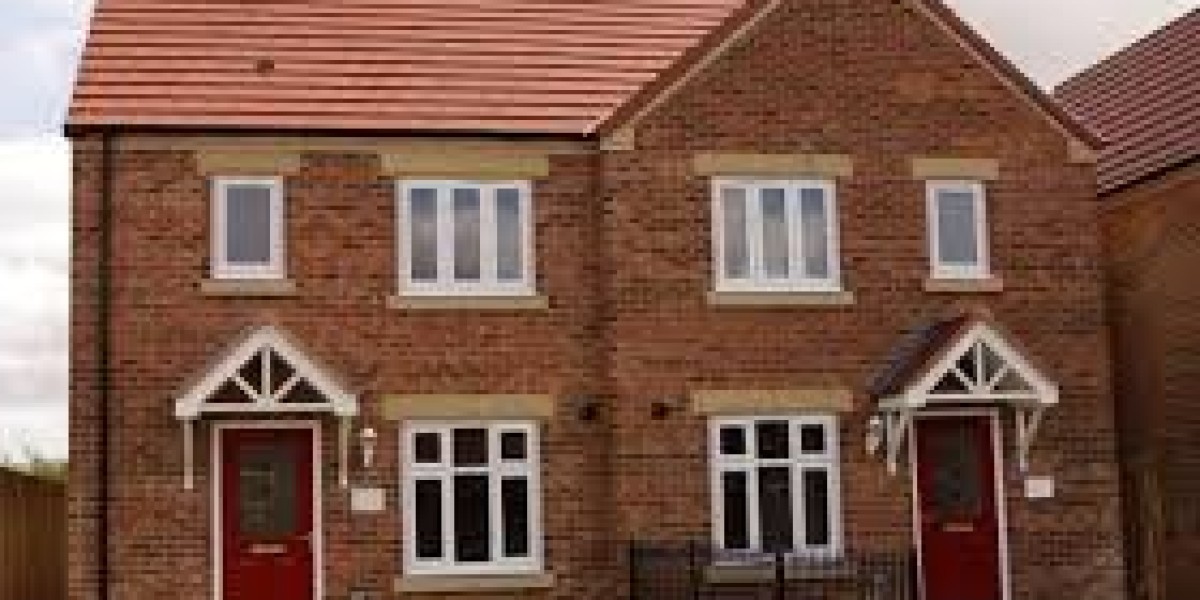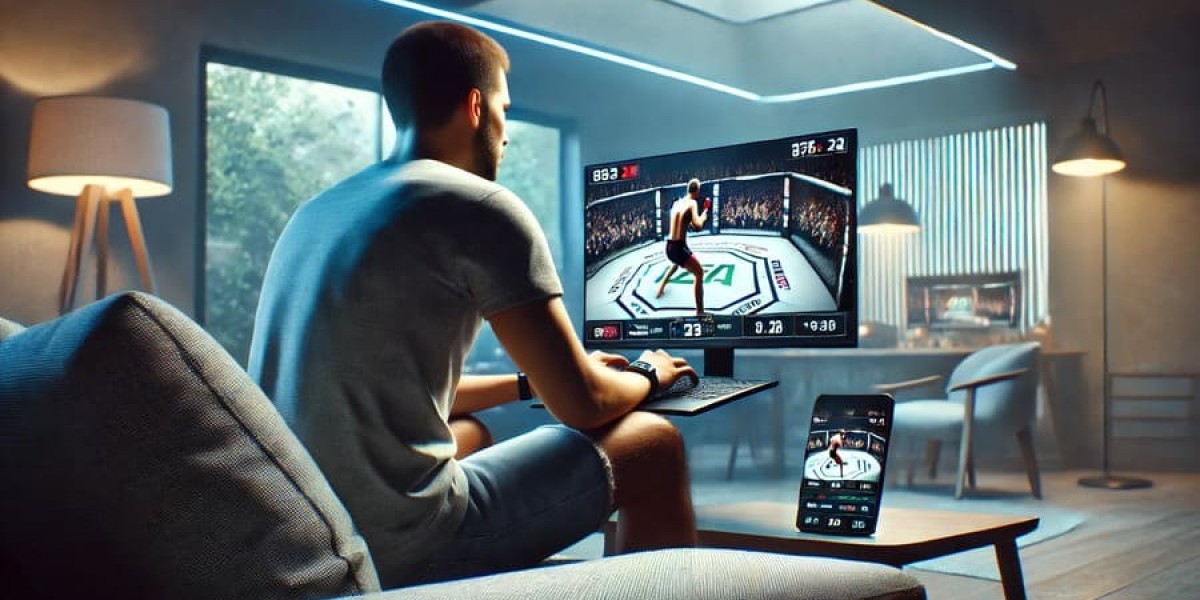Glass balustrades have become increasingly popular in modern architecture and design due to their aesthetic appeal and functionality. These transparent barriers serve as safety features while enhancing the overall appearance of a space. This report explores the various aspects of glass balustrades, including their design, materials, benefits, applications, and maintenance.
Design and Types of Glass Balustrades
Glass balustrades can be categorized into several design types based on their installation method and structural support. The most common types include:
- Framed Glass Balustrades: These consist of glass panels held in place by a metal frame. This design offers additional strength and stability, making it suitable for high-traffic areas.
- Frameless Glass Balustrades: As the name suggests, frameless balustrades do not have any visible frames. They are fixed using specialized clamps or brackets, providing an unobstructed view. This design is favored for its sleek and modern look.
- Semi-Frameless Glass Balustrades: This type combines elements of both framed and frameless designs. It typically features a partial frame at the bottom or sides, offering a balance between stability and aesthetics.
- Glass Railing Systems: These systems can be integrated into various architectural styles, providing a seamless transition between indoor and outdoor spaces. They are often used in terraces, balconies, and staircases.
Materials Used in Glass Balustrades
The materials used in glass balustrades are crucial for their durability and safety. The primary material is tempered glass, which is processed to withstand greater stress and impact than regular glass. Key characteristics of tempered glass include:

- Safety: In the event of breakage, tempered glass shatters into small, blunt pieces, reducing the risk of injury.
- Strength: It is significantly stronger than standard glass, making it suitable for various applications.
- Weather Resistance: Tempered glass is resistant to weather conditions, making it ideal for outdoor installations.
Benefits of Glass Balustrades
Glass balustrades offer numerous advantages, making them a preferred choice for both residential and commercial properties:

- Aesthetic Appeal: The transparency of glass creates an illusion of space and light, making areas feel more open and airy. They can be customized in various thicknesses and tints to match the overall design theme.
- Safety: Glass balustrades provide a secure barrier, preventing falls from elevated areas such as balconies and staircases. When installed correctly, they meet safety regulations and building codes.
- Low Maintenance: Glass surfaces are easy to clean and maintain. Regular cleaning with glass cleaner and a soft cloth is typically sufficient to keep them looking pristine.
- Versatility: Glass balustrades can be used in a variety of settings, including residential homes, commercial buildings, and public spaces. They can be adapted to suit different architectural styles, from contemporary to traditional.
- Enhanced Views: Unlike traditional materials like wood or metal, glass balustrades do not obstruct views. This feature is particularly beneficial for properties with scenic surroundings.
Applications of Glass Balustrades
Glass balustrades can be utilized in various applications, Clean-Pro enhancing both safety and aesthetics:
- Residential Properties: Homeowners often install glass balustrades on balconies, staircases, and around swimming pools. They provide safety while allowing unobstructed views of the surroundings.
- Commercial Buildings: In offices and retail spaces, glass balustrades are used in staircases, atriums, and walkways. They create a modern and professional appearance while ensuring safety for employees and customers.
- Public Spaces: Glass balustrades are commonly found in public buildings, parks, and recreational areas. They help define spaces while maintaining visibility and openness.
- Architectural Features: Glass balustrades can be incorporated as design elements in various architectural features, such as bridges and terraces, providing both functionality and aesthetic value.
Installation and Regulations
The installation of glass balustrades requires careful planning and adherence to local building codes and regulations. Key considerations include:
- Structural Support: Proper structural support is essential for the safety and durability of glass balustrades. The installation must account for wind loads, weight, and potential impact.
- Height Requirements: Building codes often specify minimum height requirements for balustrades in residential and commercial settings. These regulations ensure that the balustrades provide adequate protection.
- Glass Thickness: The thickness of the glass panels must comply with safety standards. Thicker glass may be required for higher installations or areas with higher traffic.
- Professional Installation: It is advisable to hire professionals with experience in glass balustrade installation. They can ensure that the balustrades are securely mounted and comply with safety regulations.
Maintenance of Glass Balustrades
Maintaining glass balustrades is relatively straightforward, but regular upkeep is essential to preserve their appearance and functionality:
- Cleaning: Regular cleaning with appropriate glass cleaner helps prevent the buildup of dirt, grime, and water spots. Avoid abrasive materials that could scratch the glass surface.
- Inspection: Periodic inspections for any signs of damage or wear are crucial. Check for loose fittings, cracks, or chips in the glass, and address any issues promptly.
- Sealing: Depending on the environment, sealing the edges of the glass and metal components may help prevent corrosion and extend the lifespan of the balustrade.
- Professional Maintenance: Engaging professionals for maintenance checks can ensure that the balustrades remain safe and visually appealing over time.
Conclusion
Glass balustrades are an excellent choice for enhancing the safety and aesthetic appeal of various spaces. Their versatility, modern design, and low maintenance requirements make them suitable for residential, commercial, and public applications. By understanding the materials, benefits, and installation requirements, property owners can make informed decisions when considering glass balustrades for their projects. As architectural trends continue to evolve, glass balustrades are likely to remain a popular choice for creating open, stylish, and safe environments.







